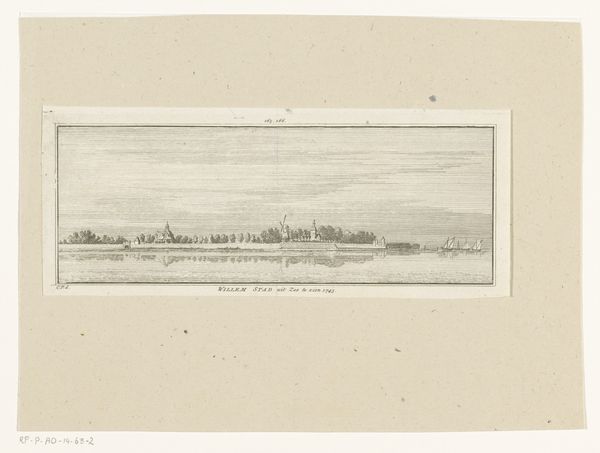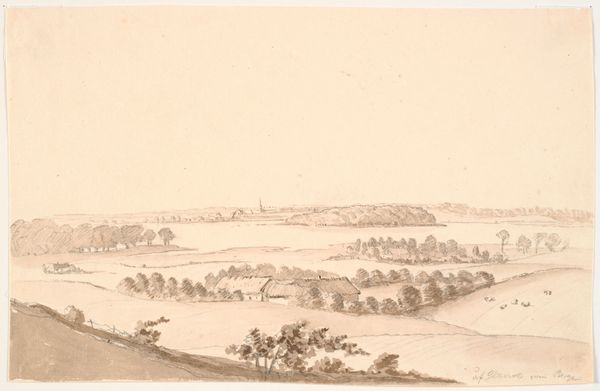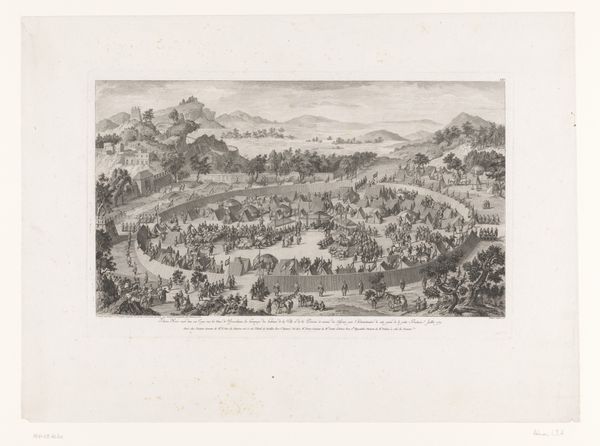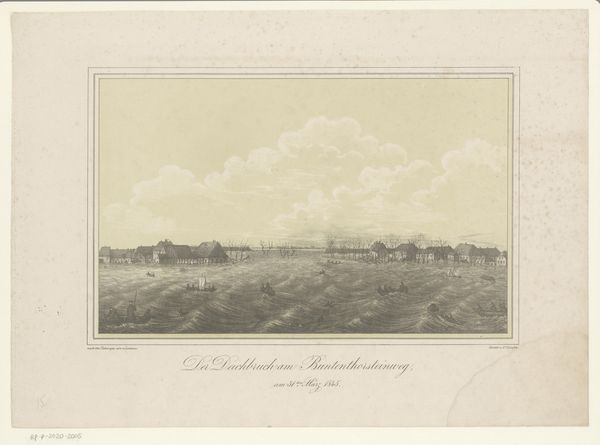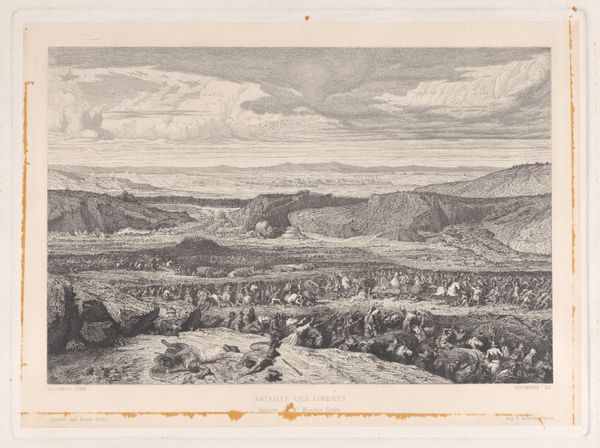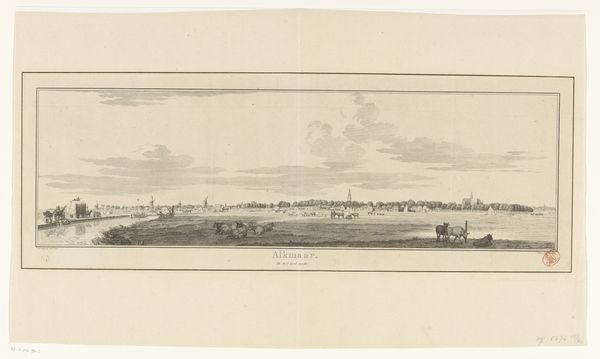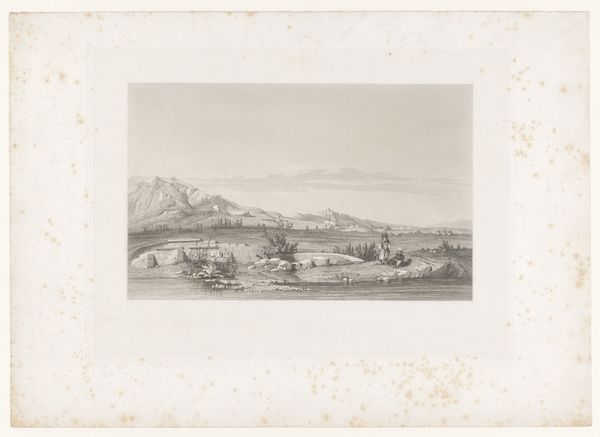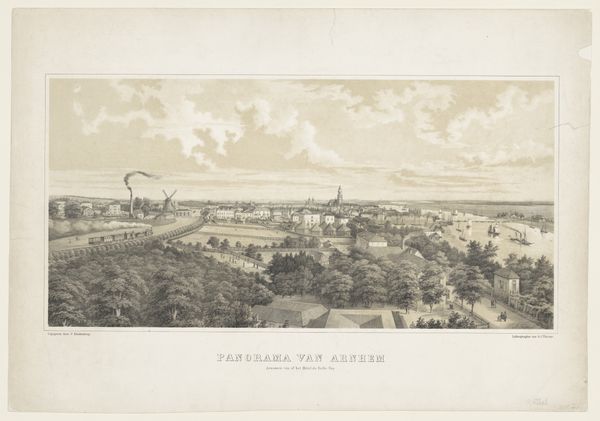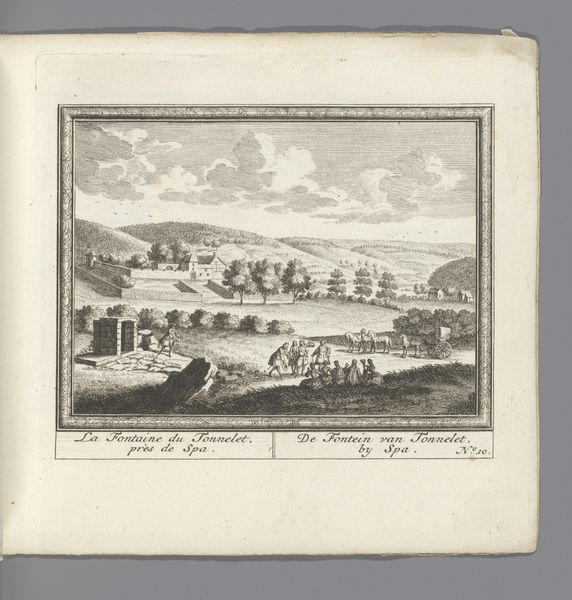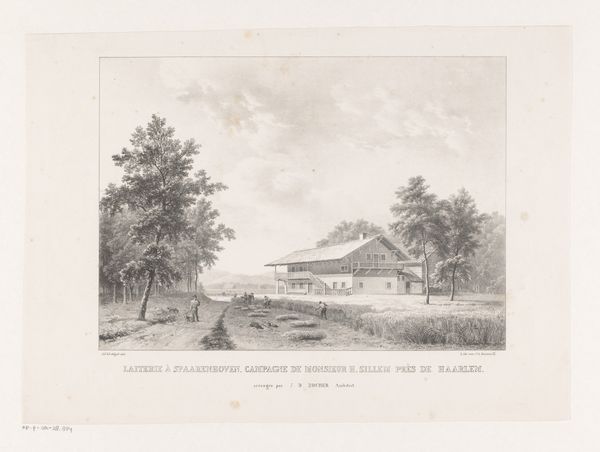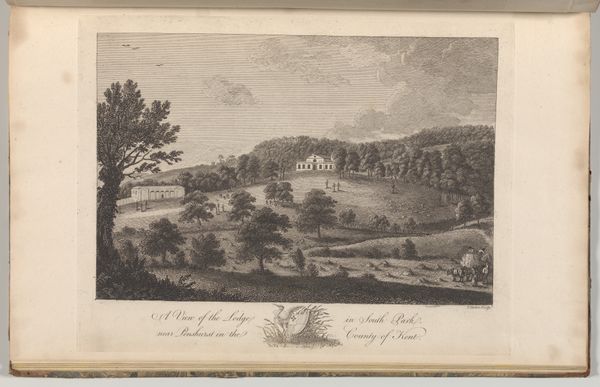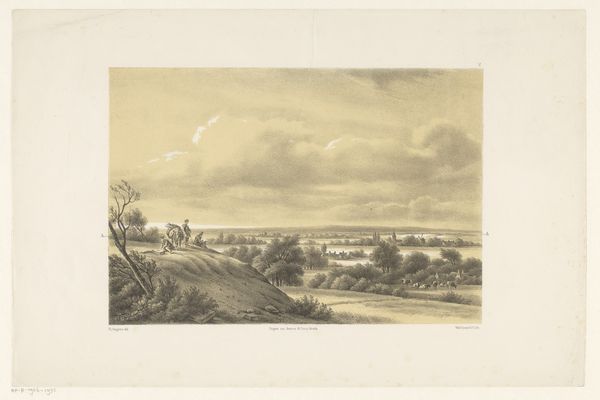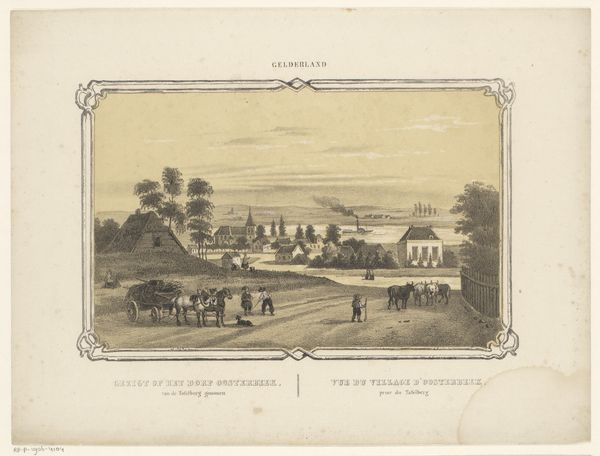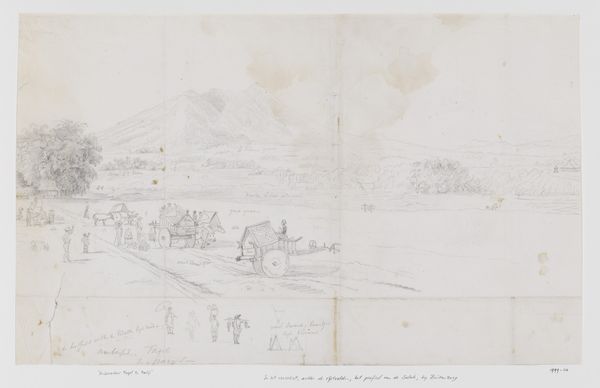
drawing, pencil
#
drawing
#
pencil sketch
#
landscape
#
pencil
#
cityscape
#
academic-art
#
realism
Dimensions: height 285 mm, width 450 mm
Copyright: Rijks Museum: Open Domain
Curator: Let's turn our attention to this drawing by R. Walthert from 1874, titled "Gezicht op Fort de Kock," a pencil sketch of a cityscape. What strikes you first about it? Editor: There's something melancholic about the rendering of the city. Everything looks muted and faded as if seen through time, memory, or longing. Curator: Interesting observation. From a material standpoint, the use of pencil here is key. Pencil as a medium is inexpensive and transportable, conducive to field work, a crucial medium for producing visual documentation during periods of exploration, trade, or colonial expansion. The ease with which pencil renders detail is useful for accurately capturing spatial relationships, and even more complex topographic features. Editor: That makes sense. There is a meticulousness present, certainly, but even that contributes to my perception. All those sharp lines meticulously laid, as though to contain some inherent disquiet in the landscape itself. Curator: Walthert appears to adopt a fairly academic style with realistic detailing. This precision was highly valued within the academic artistic traditions, where accurate depiction and representation held significant importance. Realism in art often mirrors or is intertwined with material conditions such as scientific mapping, surveying, military reconnaissance, all of which have material consequences in society. Editor: And this work feels undeniably implicated. I notice those figures sparsely dotting the scene; are they going about daily business, or is their presence a claim of ownership of this space? It makes you wonder whose story is being told here, and more importantly, whose is being erased? Curator: Exactly. These cityscapes, so reliant on the materiality of the pencil, the paper, were vital in shaping perception. And as an inexpensive means of rendering a space, prints and drawings made in pencil facilitated distribution across national and even international audiences. What’s fascinating is that, today, those exact same sketches, now viewed through contemporary eyes, become potent visual tools to critique historical modes of production and circulation. Editor: A melancholic image rendered with precise tools and a subdued affect, haunted by absence and perhaps by questions we're only now beginning to ask. Thank you for sharing that viewpoint; I feel like my perspective has shifted substantially.
Comments
No comments
Be the first to comment and join the conversation on the ultimate creative platform.
